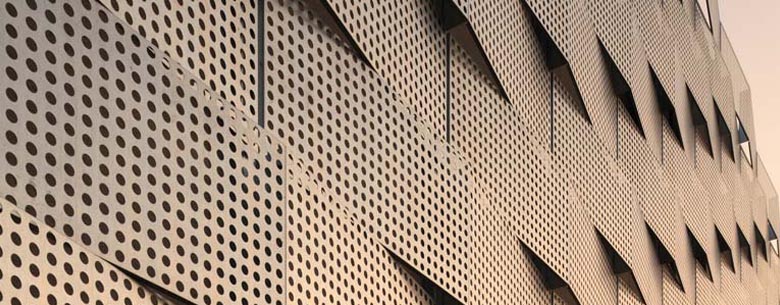The Versatility and Benefits of Metal Grate Platforms
Metal grate platforms have emerged as essential components in various industrial, commercial, and architectural applications. With their unique design and functional benefits, these platforms play a crucial role in enhancing safety, efficiency, and accessibility in numerous environments.
1. Structure and Design of Metal Grate Platforms
Metal grate platforms are typically constructed from materials such as steel or aluminum. Their design features a series of interlocking bars or grids, allowing for high strength-to-weight ratios. The open grid structure facilitates drainage and ventilation, preventing the accumulation of liquids and debris that could pose hazards. This design is particularly advantageous in environments where spills may occur, such as manufacturing facilities or chemical plants.
2. Safety Considerations
One of the significant advantages of metal grate platforms is their contribution to workplace safety. The open design allows for quick visibility of hazards, ensuring workers can identify any potential risks in their surroundings. Additionally, many metal grates are designed with anti-slip surfaces, minimizing the risk of slips and falls in both wet and dry conditions. This feature is particularly beneficial in industrial settings where heavy machinery and equipment are in regular use.
metal grate platform

Metal grate platforms are renowned for their durability. Unlike traditional wood or plastic platforms, metal grates are resistant to deterioration from weather elements, chemicals, and heavy traffic. Steel grates can withstand intense loads and extreme conditions, making them ideal for outdoor applications or environments where heavy machinery operates. This longevity translates into reduced maintenance costs and increased return on investment, making metal grate platforms a cost-effective choice for businesses.
4. Versatility in Application
The versatility of metal grate platforms is another compelling reason for their popularity. They can be used in various applications, from walkways and platforms in factories to drainage systems in commercial buildings. In architectural settings, they contribute to modern design aesthetics while maintaining functionality. Metal grate platforms can also be customized to fit specific requirements, including various dimensions, load capacities, and finishes, catering to the needs of different industries.
5. Environmental Considerations
In today’s eco-conscious world, the sustainability of materials is a key consideration. Metal grate platforms, particularly those made from recycled materials, offer an environmentally friendly alternative to traditional construction materials. Their longevity and durability mean less frequent replacements are necessary, reducing waste and resource consumption over time. Moreover, their manufacturing process can often be more energy-efficient compared to alternatives, further enhancing their eco-friendly credentials.
6. Conclusion
In summary, metal grate platforms are a practical solution for addressing safety, durability, versatility, and environmental concerns in various industries. Their design not only meets functional needs but also aligns with modern sustainability practices. As businesses continue to prioritize safety and efficiency, metal grate platforms will undoubtedly remain a vital component in the industrial landscape. Whether used in factories, warehouses, or outdoor settings, their benefits are undeniable, making them a staple in contemporary construction and design. Embracing metal grate platforms can lead to improved workplace conditions, enhanced productivity, and a commitment to sustainability.
-
Turn Down the Noise: The Future of Highway Sound Barriers
NewsApr.09,2025
-
Silence the Sound: The Power of Highway Noise Barriers
NewsApr.09,2025
-
Reduce Road Noise Effectively with Highway Noise Barriers
NewsApr.09,2025
-
Noise-Free Living: How Highway Barriers Make a Difference
NewsApr.09,2025
-
Engineered for Silence: Highway Noise Barriers for Every Road
NewsApr.09,2025
-
Effective Noise Control: Highway Barriers for a Quieter Tomorrow
NewsApr.09,2025
Subscribe now!
Stay up to date with the latest on Fry Steeland industry news.

